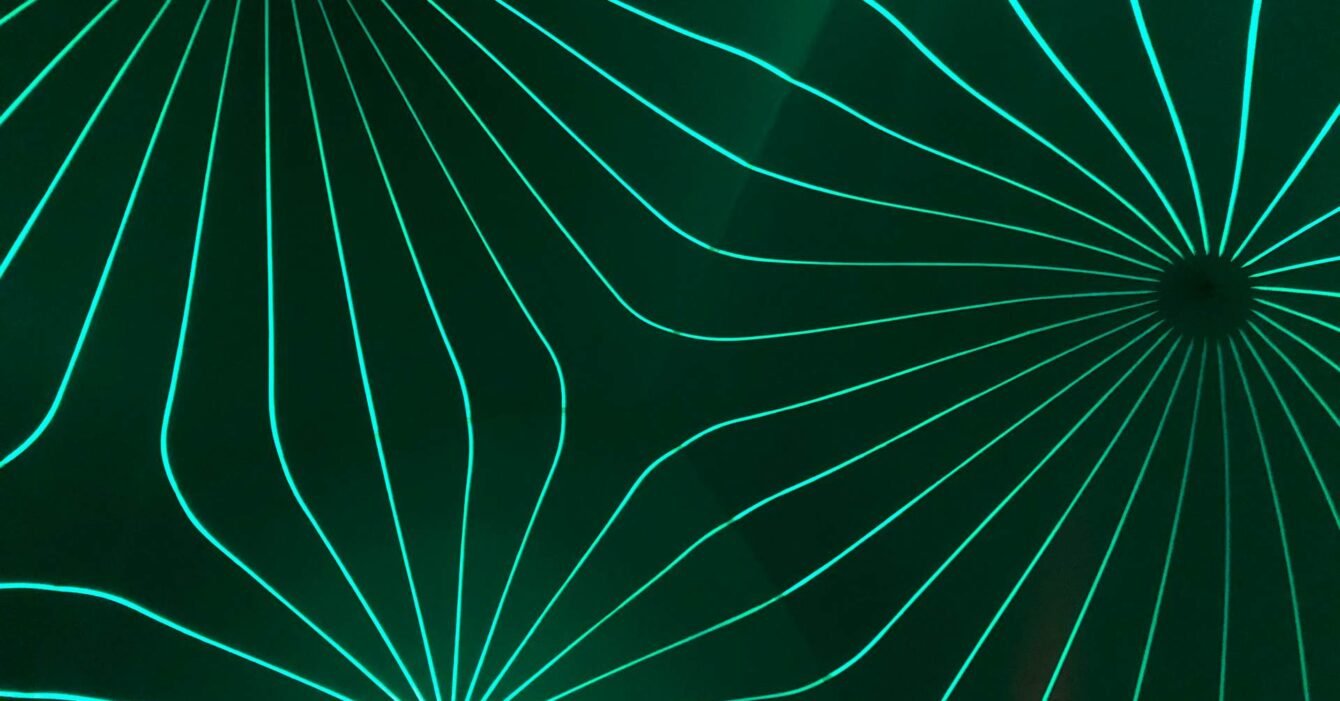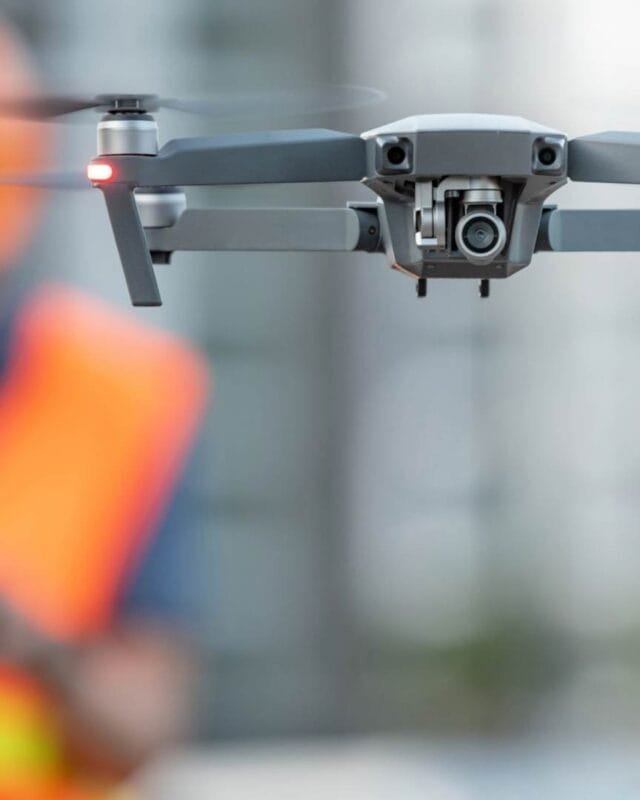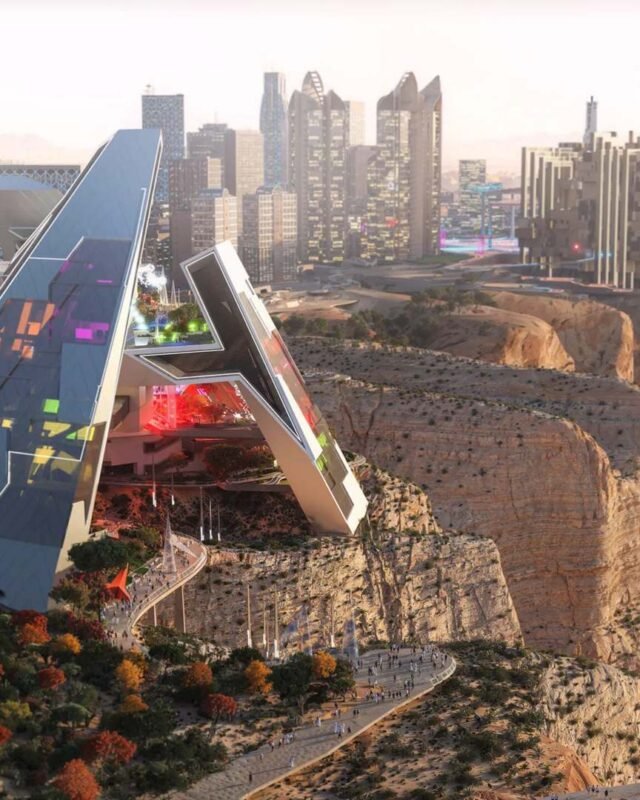As Saudi Arabia continues its rapid development, the construction industry is witnessing a remarkable transformation. In Saudi Construction Trends Q1 & Q2 2024, two significant trends are shaping the sector: the rise in sustainable construction practices and the integration of advanced construction technologies like Building Information Modeling (BIM). These trends are not only enhancing the efficiency and quality of construction projects but also aligning with the Kingdom’s Vision 2030 goals.
![]()
Rise in Sustainable Construction Practices
Sustainable building has become a cornerstone of modern construction practices in Saudi Arabia. The push for eco-friendly materials, energy-efficient designs, and reduced carbon footprints is more than just a trend; it’s a necessity. The Kingdom’s Vision 2030 emphasizes sustainability across all sectors, and construction is no exception. Developers and contractors are increasingly adopting green building practices to meet both regulatory requirements and the growing demand for environmentally responsible structures.
In Q1 and Q2 of 2024, there has been a noticeable increase in projects that prioritize sustainable building techniques. These include the use of renewable energy sources such as solar panels, energy-efficient HVAC systems, and materials that minimize environmental impact. Additionally, the implementation of water-saving technologies and waste reduction practices are becoming standard in new developments. These sustainable practices are not only beneficial for the environment but also offer long-term cost savings for building owners through reduced utility bills and maintenance costs.
Integration of Advanced Construction Technologies
The integration of advanced construction technologies is another key trend driving the Saudi construction sector. Building Information Modeling (BIM) has emerged as a game-changer, revolutionizing the way construction projects are planned, designed, and executed. BIM allows for the creation of detailed 3D models that encompass every aspect of a building’s lifecycle, from conception to demolition. This technology enhances collaboration among stakeholders, reduces errors, and improves overall project efficiency.
In the first half of 2024, the adoption of BIM and other advanced construction technologies has accelerated. Contractors and developers are leveraging these tools to optimize project workflows, enhance precision, and streamline communication. BIM’s ability to provide real-time updates and facilitate virtual walkthroughs is particularly valuable in large-scale projects where coordination between multiple teams is crucial.
Moreover, technologies like drones and augmented reality (AR) are being used to monitor construction progress and ensure quality control. Drones provide aerial views of construction sites, enabling project managers to track progress and identify potential issues early on. AR, on the other hand, allows for the visualization of complex designs in a real-world context, aiding in the identification of design flaws and improving stakeholder engagement.
Future Outlook
The trends observed in Saudi Construction Trends Q1 & Q2 of 2024 indicate a promising future for the Saudi construction industry. The emphasis on sustainable building and the integration of construction technology are set to continue, driven by both regulatory frameworks and market demand. As the Kingdom progresses towards its Vision 2030 objectives, the construction sector will play a pivotal role in achieving sustainable and technologically advanced urban development.
In conclusion, the Saudi construction industry is at the forefront of a transformative era, characterized by sustainable building practices and the adoption of cutting-edge technologies. These advancements are not only enhancing the efficiency and quality of construction projects but also contributing to the Kingdom’s broader goals of sustainability and innovation.



